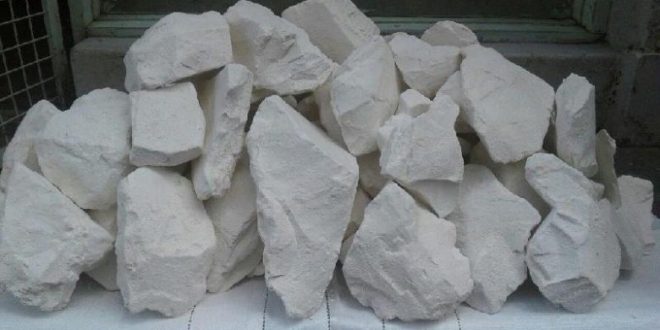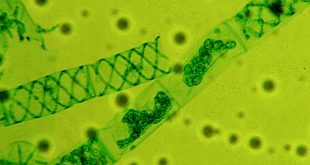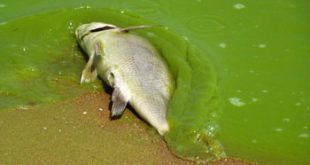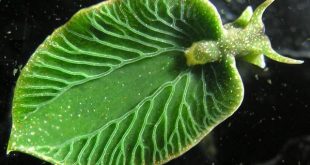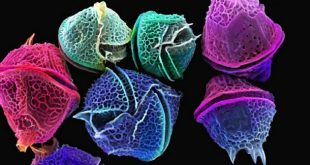Algae is a group of photosynthetic organisms found in both marine and freshwater habitats. As these organisms have a short duplication time, they are considered among one of the fastest growing creatures. They have efficient pathways to fix atmospheric carbon dioxide and to efficiently utilize the available nutrients to convert them into biomass.
In few years, a focus has been shifted towards these organisms due to their food and fuel production capability. In fuel industry algae biofuels have been emerged as a clean, nature friendly, cost effective solution to other fuels. Besides recently they have taken a clear position among the beneficial organisms because of the fertilizer, antibiotic, other pharmaceutical related properties.
Here, this article will discuss on the industrial applications of algae.
In fertilizer industry
- Because of the presence of phosphorus, potassium and some trace elements, the seaweeds in many coastal regions of the world are used as fertilizer. They are either mixed with other organic fertilizers or are allowed to rot in the field as such.
-Genera like Lithothamnion and Chara are used in the field deficient with calcium.
–Fucus is used as a common manure by Irish people.
In pharmaceutical industry
- An antibiotic, Chlorellin, is obtained from Chlorella.
- Some antibacterial substances, effective against gram positive and gram negative bacteria were also recorded from Laminaria digitata and some species of Polysiphonia.
One interesting thing about algae is, some of its members are used as medicine and some are used to deliver drugs. For more, read TransAlgae.
Diatomite in different industry
Diatomite is actually siliceous cell wall material of diatoms. The economic importance of diatoms and diatomite has been discussed in detail by Prescott (1969) and Round (1973).
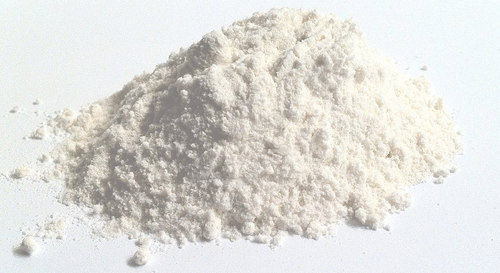
The diatomaceous earth’s mounds are white, firm, soft and light. It is useful in-
Best safe and secure cloud storage with password protection
Get Envato Elements, Prime Video, Hotstar and Netflix For Free
Best Money Earning Website 100$ Day
#1 Top ranking article submission website
- Industrial filtration process.
- Sugar refining and brewing industry.
- Production of antibiotics as a filter.
- Production of light weight bricks.
- Car and Silver polishing powders.
- Manufacture of water glass.
- Preparation of bleaching powder.
- According to Round (1973), Alfred Nobel used diatomite as an absorbent for nitroglycerin in the manufacture of dynamite.
In Mineral industry
- For manufacturing soap and glassware, ‘kelp’ has been used as a source of soda.
- Potash and iodine are still extracted from ‘kelps’, which are the members of Laminariales of Phaeophyceae.
- Bromine (3-6%) is extracted from some red algae such as Polysiphonia.
In fodder industry
Algae constitute a source of ‘permanent food’ for many animals, specially in coastal countries. These include mainly the members of Phaeophyceae, Rhodophyceae and some green algae.
- Laminaria, Sargassum, Fucus are used as fodder in many areas of UK and Japan.
- A fish named Tilapia uses only the members of Cyanophyceae and Chlorophyceae as its food.
- Rhodymenia is a common cattle-food in France.
Funori (glue)
It is a type of a glue obtained from a red alga, Gloiopeltis furcata. In Japan, it is called ‘funori’. It is used as an adhesive as well as a sizing agent for paper and cloth. Chemically it is similar to agar-agar except that there is no sulphate ester group.
To learn about traditional uses of funori, click here.
Alginate in different industry
Alginate derivatives and alginic acid are extracted from the cell wall of some brown algae (Phaeophyceae).
- Alginates are used in rubber tyre-industry, paints, ice-creams and also in the preparation of flame-proof fabrics and plastic articles.
- For stopping the bleeding effectively, alginic acid is used.
- Alginic acid derivatives are used in the preparation of soups, creams, sauces etc.
Carrageenan in different industries
It is a complex of D-galactose-3, 6-anhydro-D-galactose and monoesterified sulphuric acid found in the cell wall of a red alga, Chondrus crispus.
- It is used in the preparation of toothpaste, cosmetics, paints and in leather finishing, textile, brewing and pharmaceutical industries.
- Physicians also use carrageenan as a blood coagulant.
Agar-agar in different industry
It is a jelly like substance, obtained from some genera of Rhodophyceae. It is universally used as a base for different culture media in laboratories for culturing many fungi, bacteria ans some algae. Important agar producing genera are Gelidium, Gracilaria, Hypnea, Chondrus etc. (Prescott 1969, Round 1973).
-
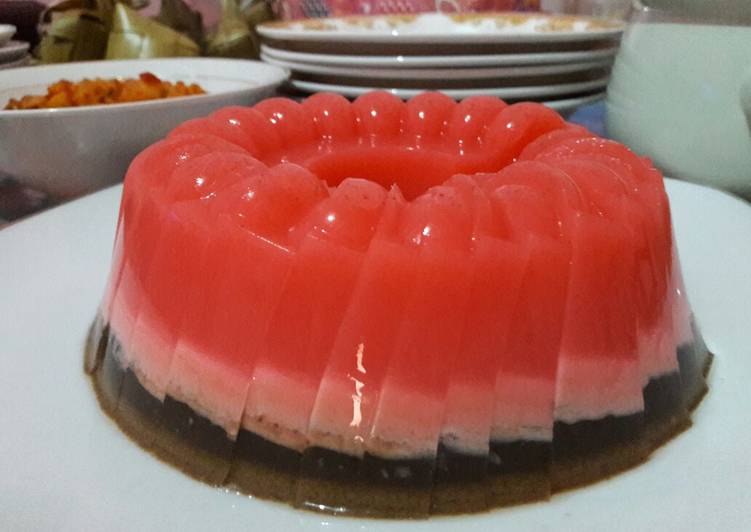
Fruit jelly cake using agar agar. Source here. The universal use of agar in culture media is mainly because it contains galactose and a sulphate, melts between 90-100 degree celcius and becomes solid at low temperature.
- It is also used in packing canned foods, in treatment of constipation and in cosmetic, leather and textile and paper industries. it is also often given as a laxative (substances that loosen stools and increase bowel movements).
- Dried agar agar is used for prolapsed stomach by the physicians. Many pills and ointments are also prepared by using agar agar.
Some other industrial uses
- Food industries for gelling and thickening in confectionery and bakery for the production of jam, jelly, pudding.
- Preparation of cheese and yogurt.
- In fish and meat industry for canning.
- In dairy product as emulsifier.
- In brewing industry such as wine, whiskey and liquor.
- In pharmaceutical industries for chronic constipation.
- In dentistry and wound treatment as drug.
- As a constituent medium of bacterium and fungal culture.
- In capsule and tablet preparation.
- Used as anti-coagulants.
- In textile industry as finishing and sizing agent and printing dying.
- In paper industry for gluing.
- In museum preparation.
- In criminology.
- For casting and impressions.
- As a thickener for domestic uses in candles, dyes.
Source:
- Textbook of Algae by O P Sharma.
- Industrial and Biotechnological Applications of Algae: A Review
Best safe and secure cloud storage with password protection
Get Envato Elements, Prime Video, Hotstar and Netflix For Free
 Plantlet The Blogging Platform of Department of Botany, University of Dhaka
Plantlet The Blogging Platform of Department of Botany, University of Dhaka
